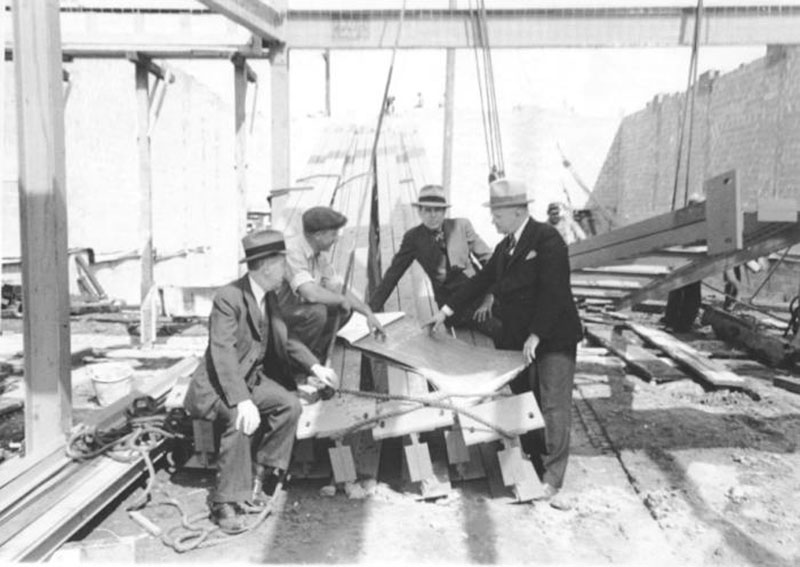
Image courtesy of the Steve Ross collection
|

Image courtesy of the Steve Ross collection
|
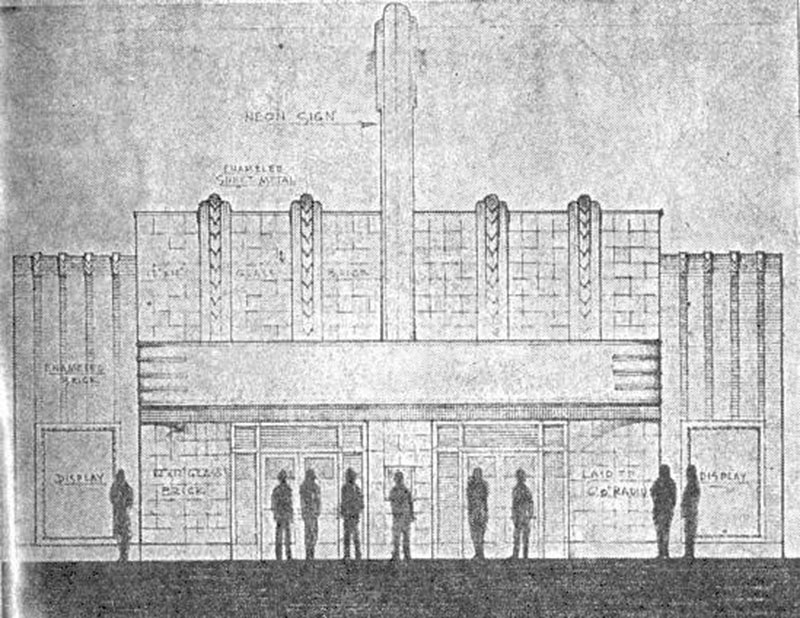
Image courtesy of the Steve Ross collection
|
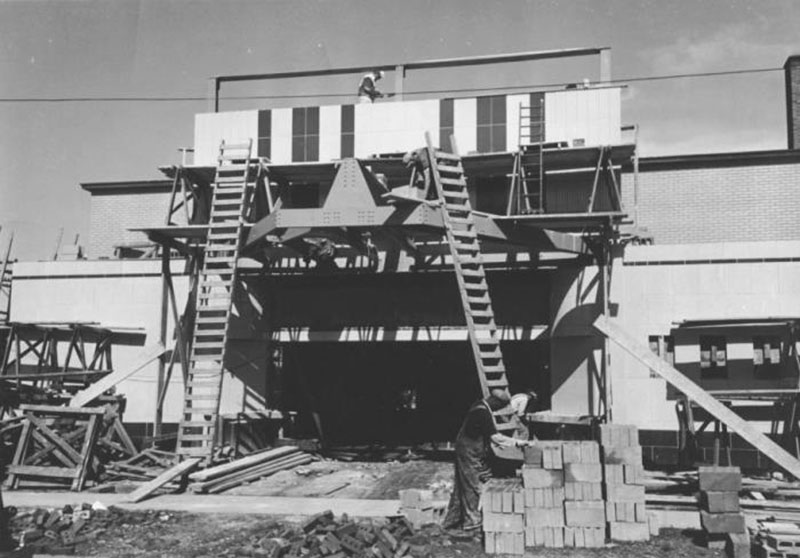
Image courtesy of the Steve Ross collection
|
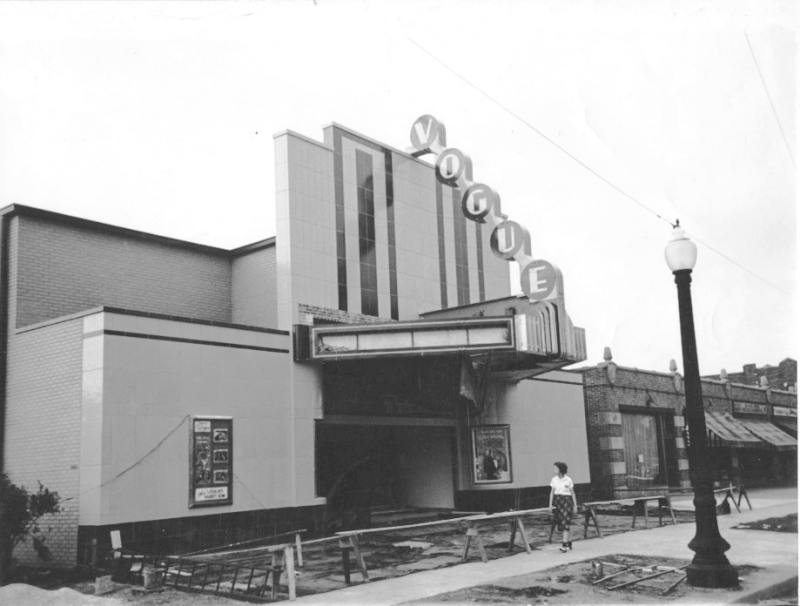
Image courtesy of the Steve Ross collection
|
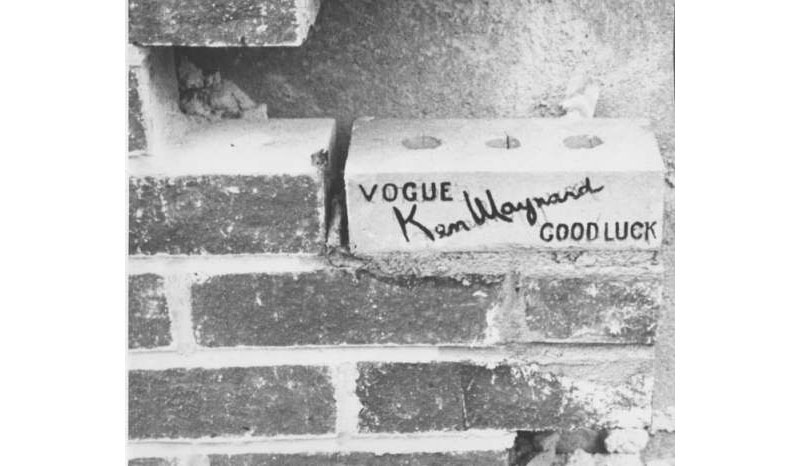
Image courtesy of the Steve Ross collection
|
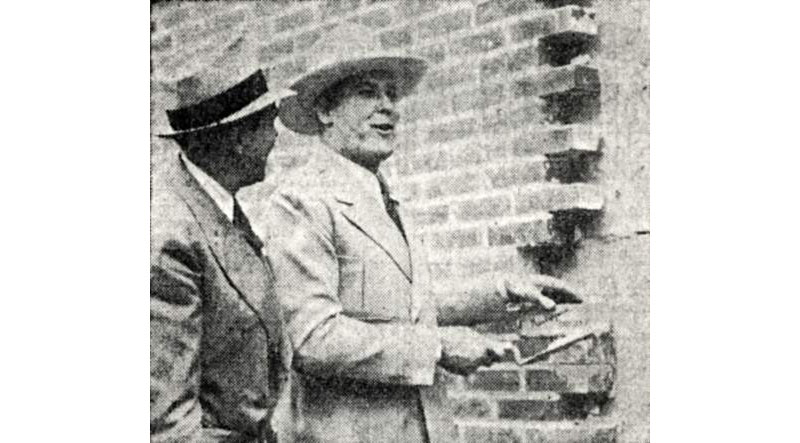
Image courtesy of the Steve Ross collection
|

Image courtesy of the Steve Ross collection
|
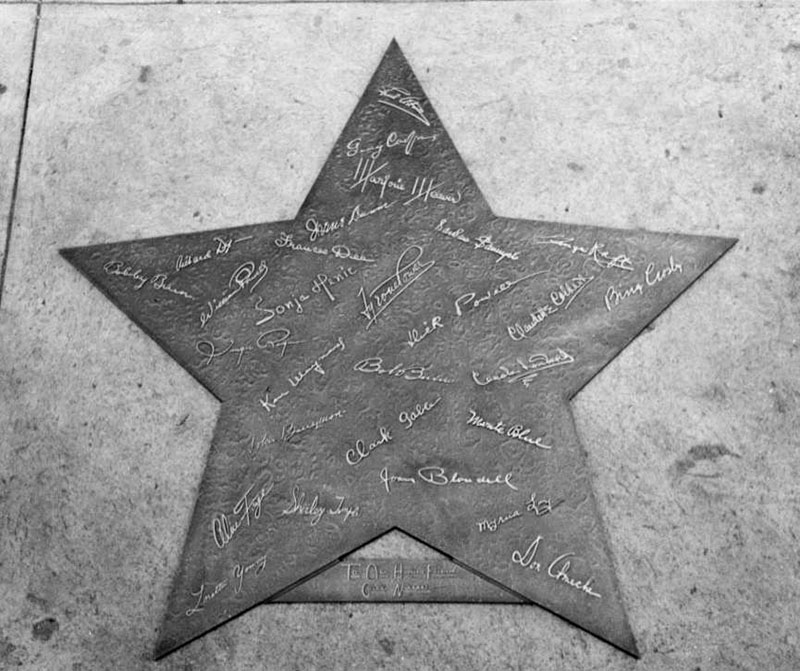
Image courtesy of the Steve Ross collection
|
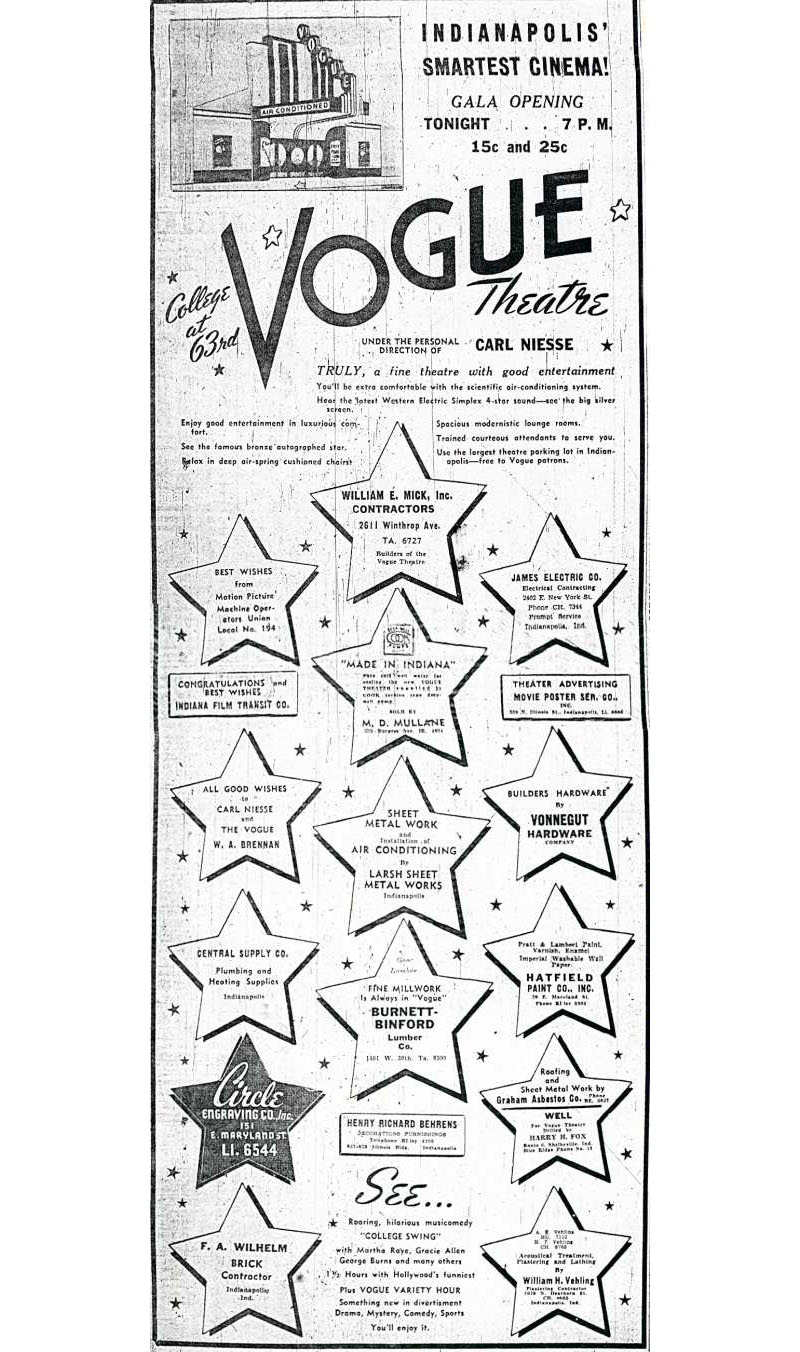
Image courtesy of the Steve Ross collection
|
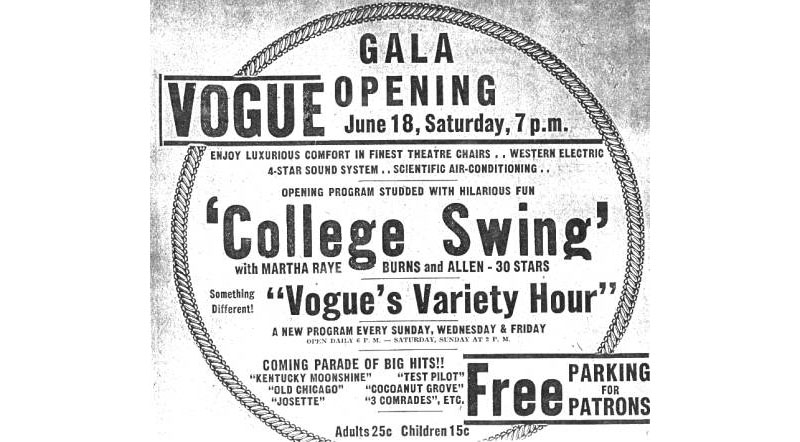
Image courtesy of the Steve Ross collection
|
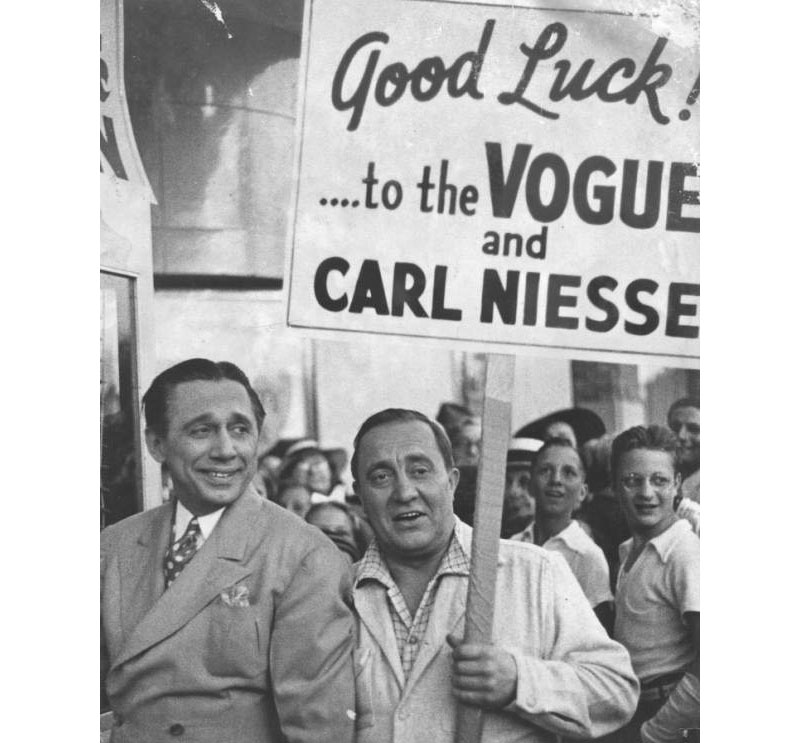
Image courtesy of the Steve Ross collection
|
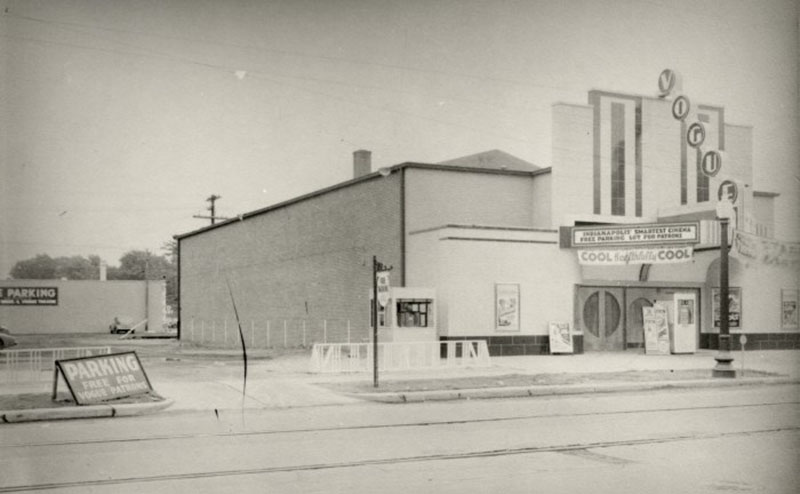
Image courtesy of the Steve Ross collection
|

Image courtesy of the Steve Ross collection
|

Image courtesy of the Steve Ross collection
|

Image courtesy of the Steve Ross collection
|
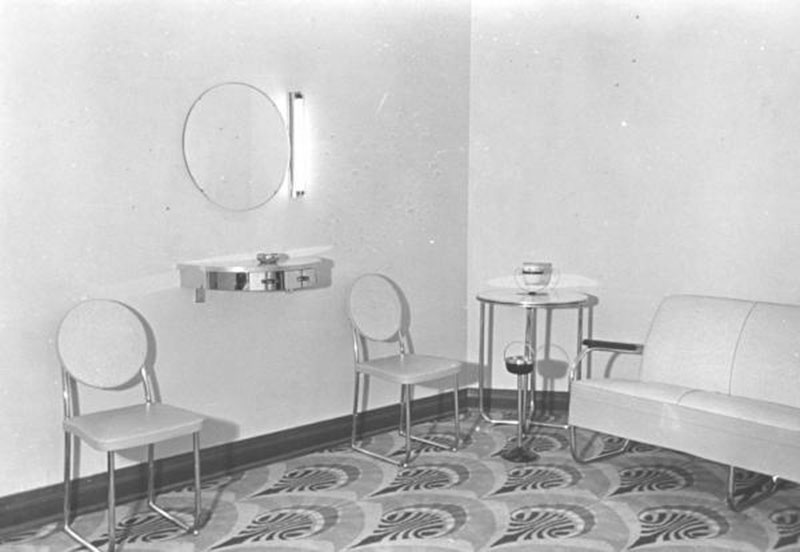
Image courtesy of the Steve Ross collection
|
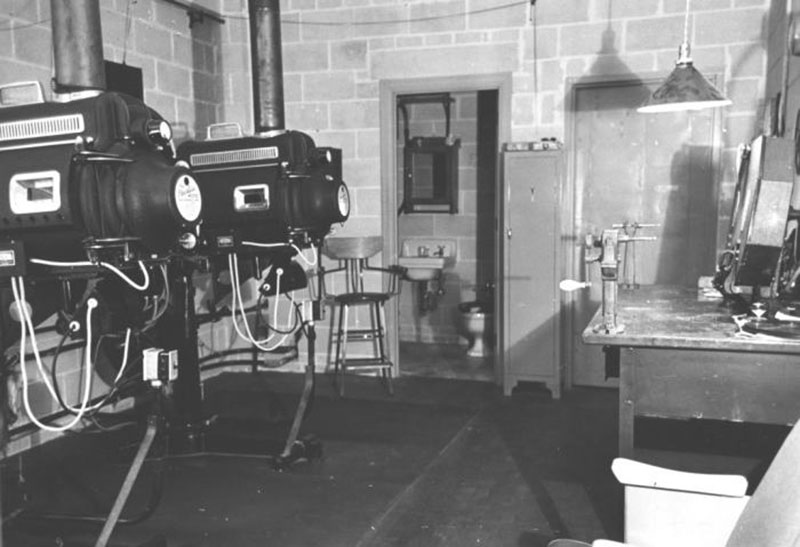
Image courtesy of the Steve Ross collection
|
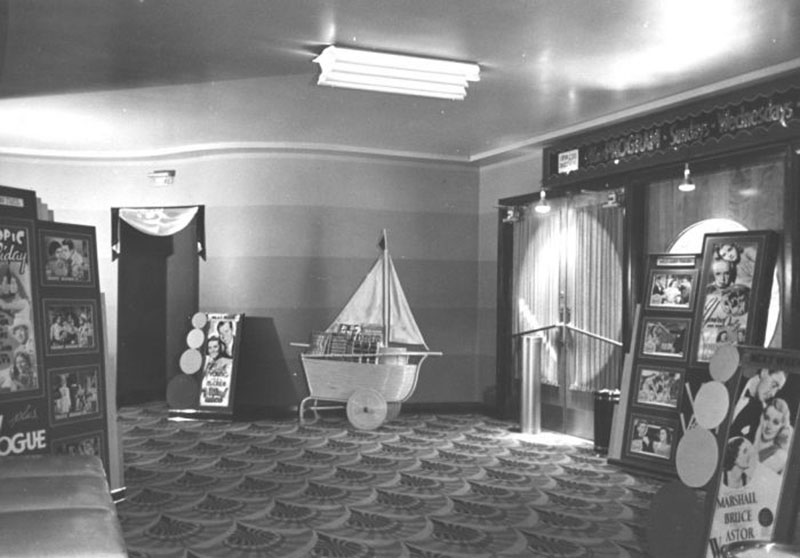
Image courtesy of the Steve Ross collection
|
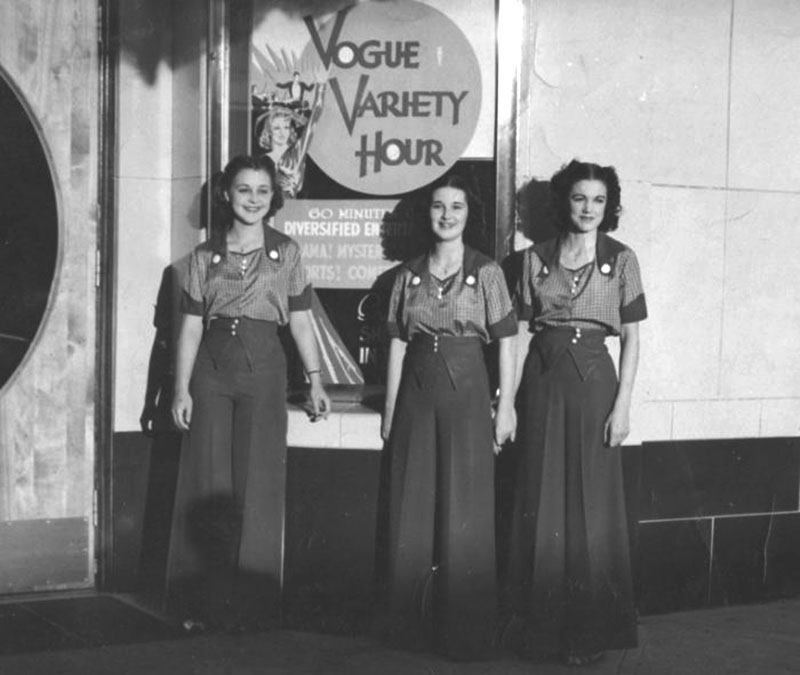
Image courtesy of the Steve Ross collection
|
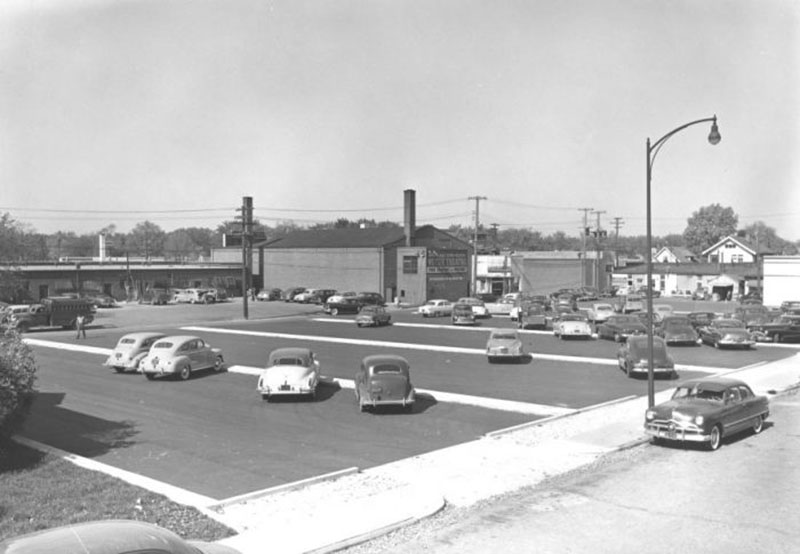
Image courtesy of the Steve Ross collection
|
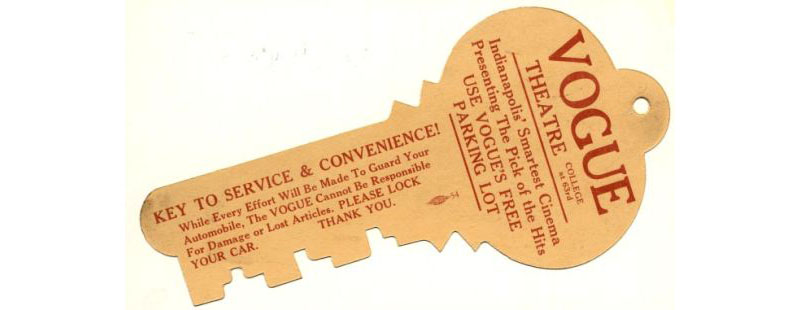
Image courtesy of the Steve Ross collection
|

Image courtesy of the Steve Ross collection
|
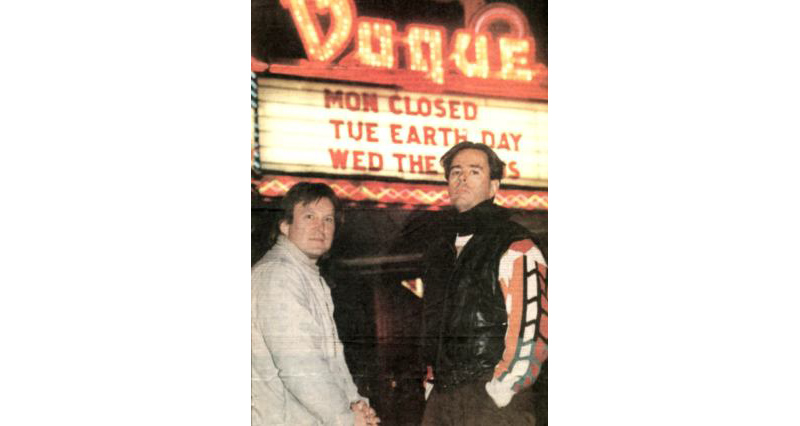
Image courtesy of the Steve Ross collection
|
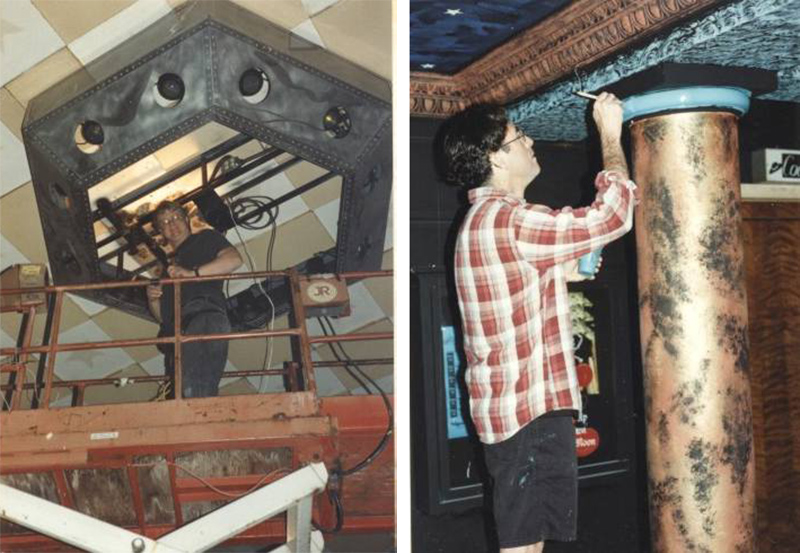
Image courtesy of the Steve Ross collection
|
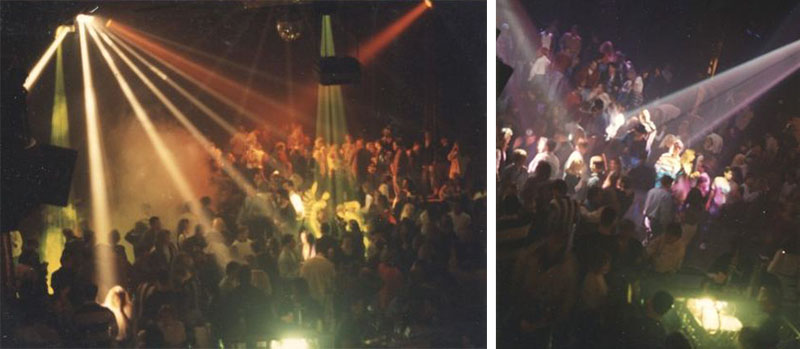
Image courtesy of the Steve Ross collection
|
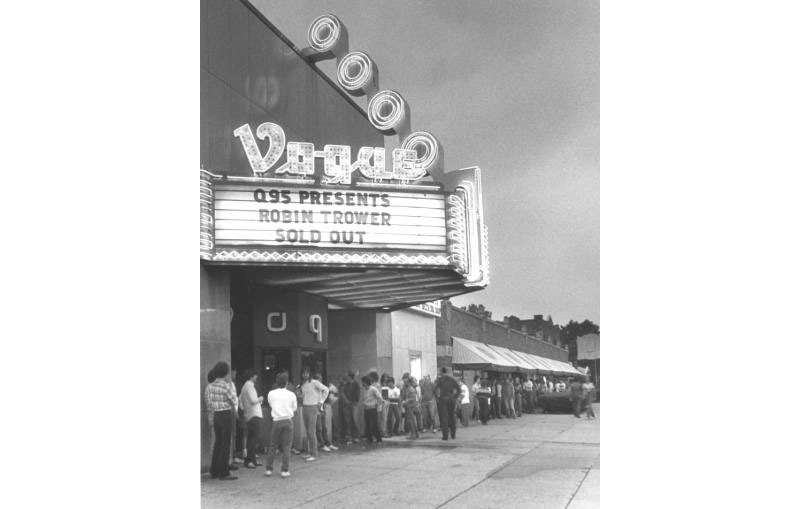
Image courtesy of the Steve Ross collection
|
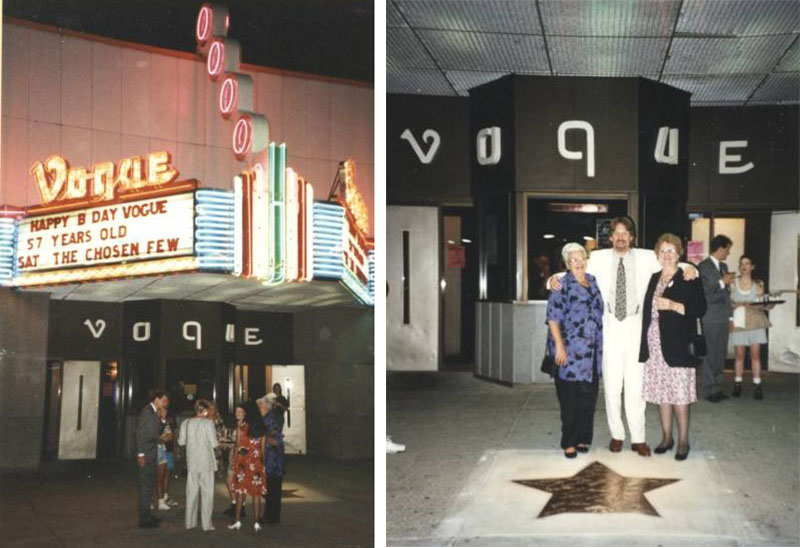
Image courtesy of the Steve Ross collection
|
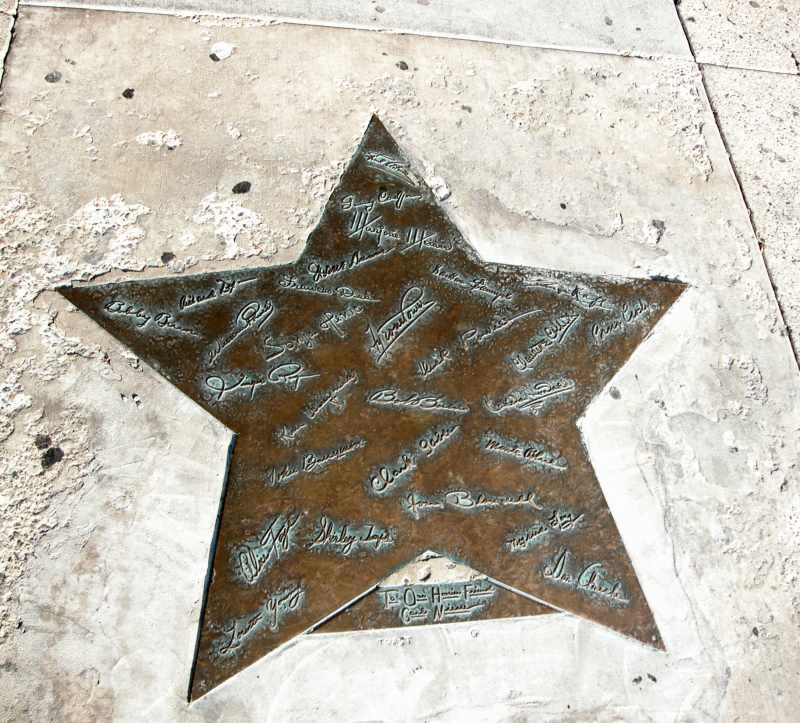
Image courtesy of the Steve Ross collection
|